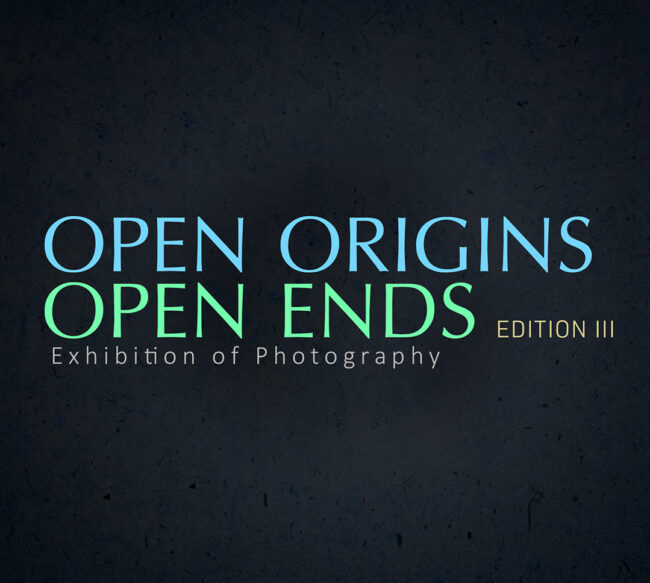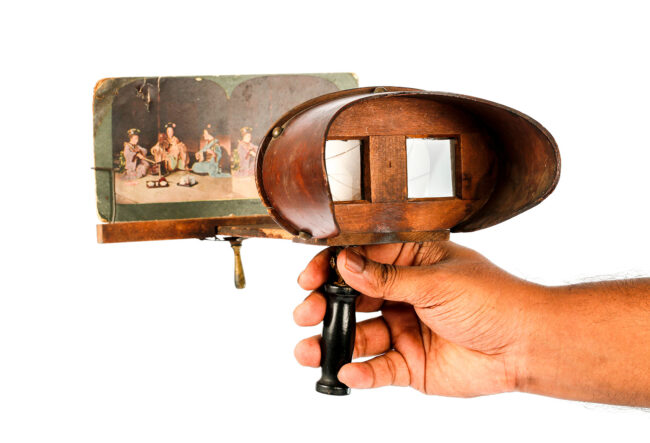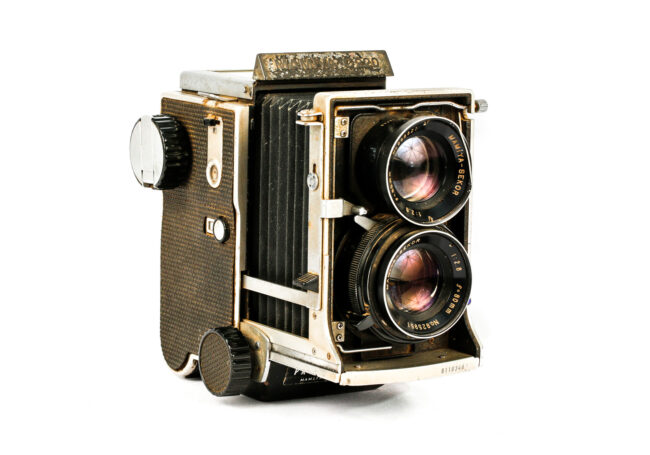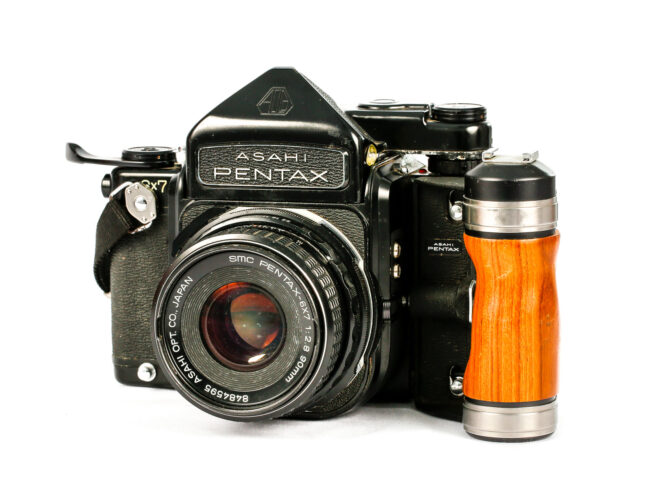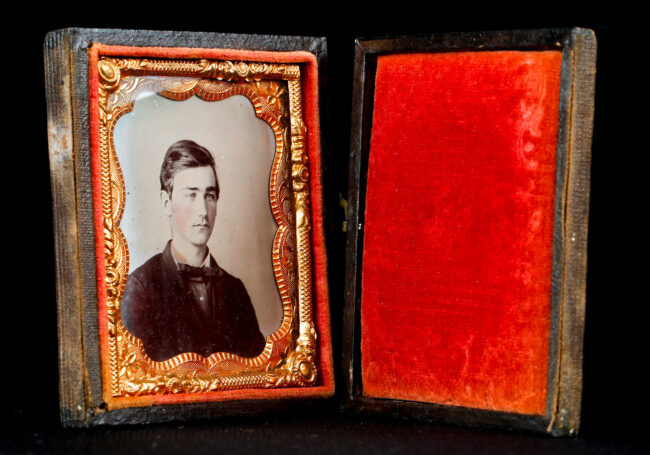‘Open Origins – Open Ends’ Edition 3, An Exhibition of Photography.
‘Open Origins – Open Ends’ Edition – 3 is an online exhibition of photography organized by PhotoMuse – The Museum of Photography. It features a curated body of photographs chosen from a large volume of submissions over the years 2018-2019. Having conceptualized and created by different photographers about various subject matters of their choice, the…

